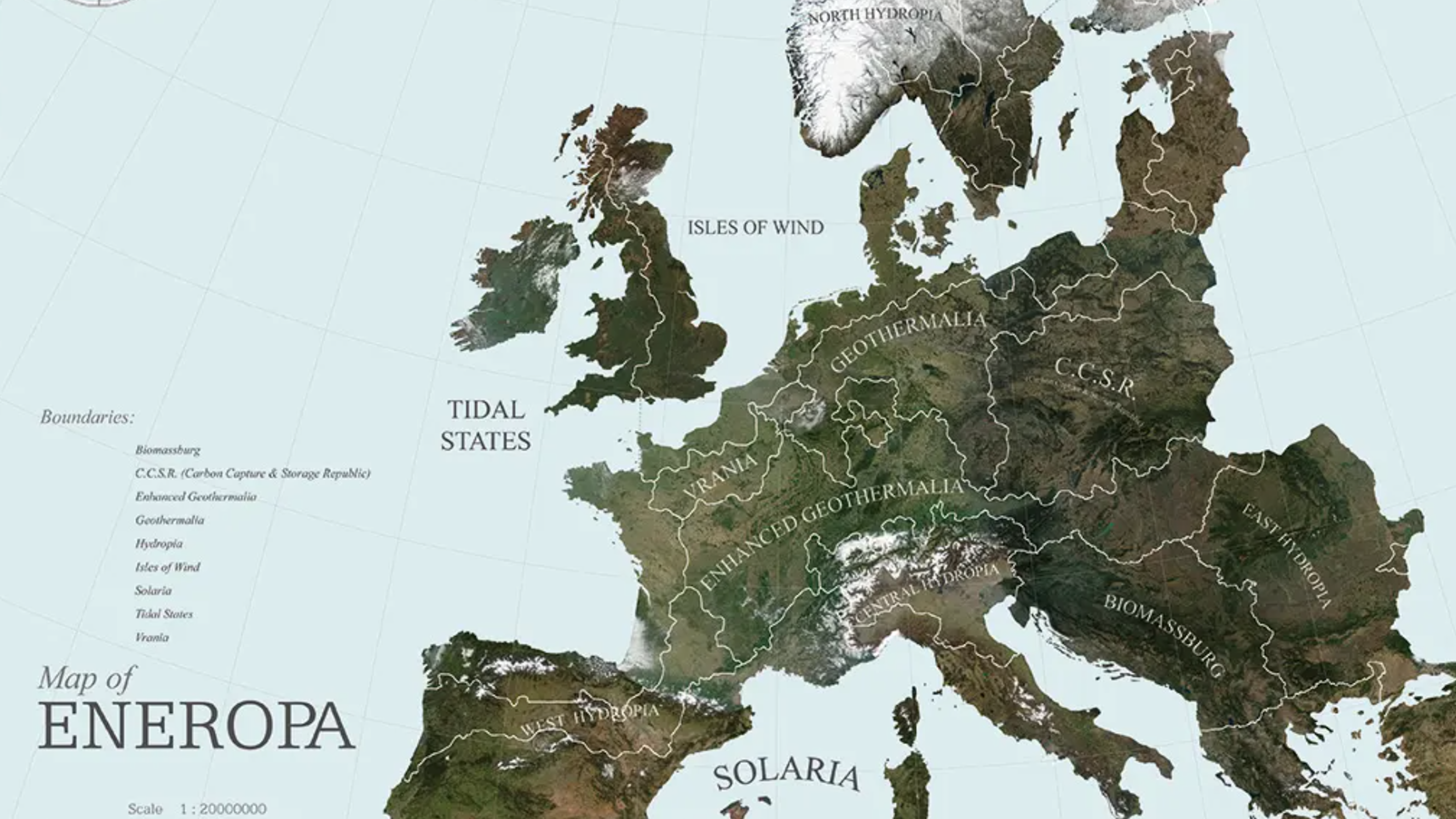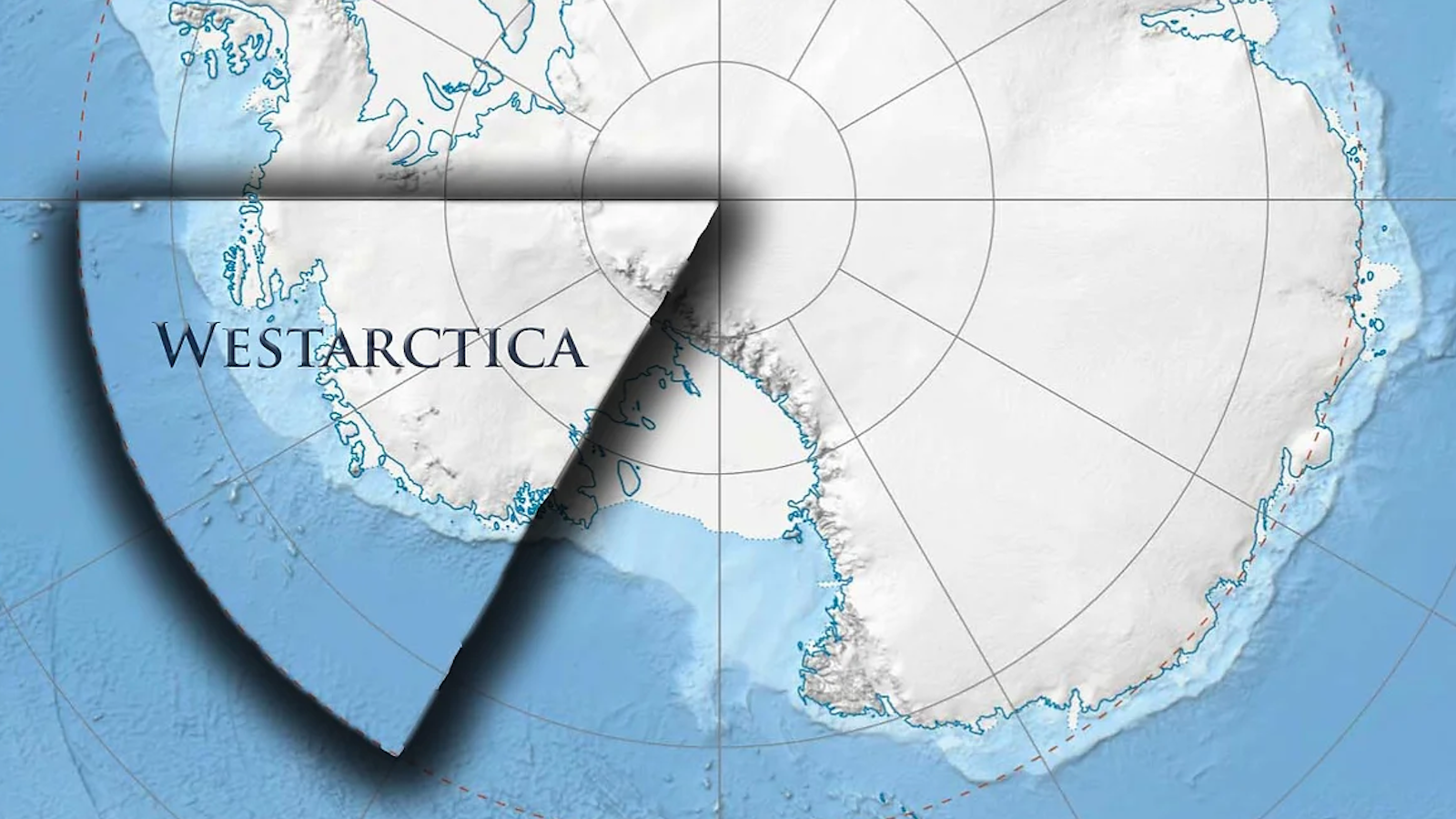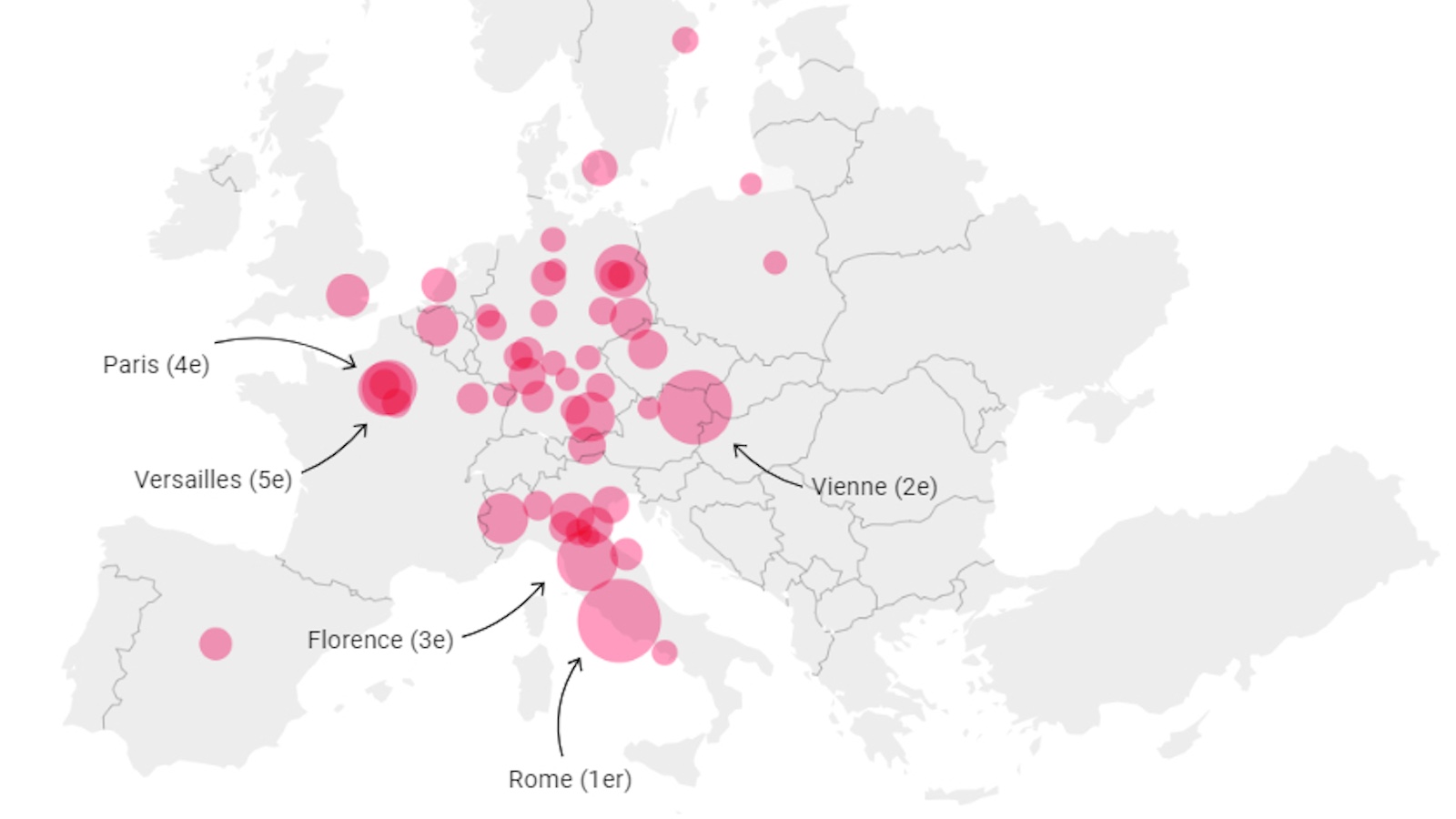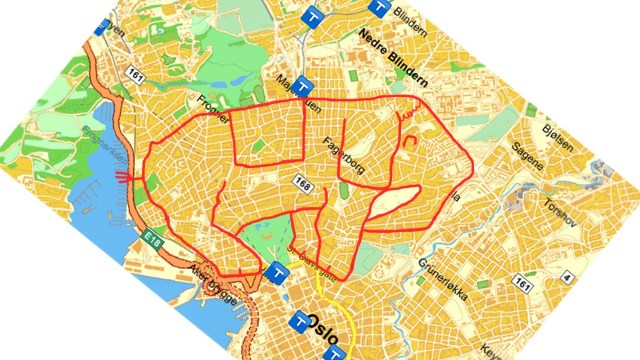431 – Austria Paying the Fiddler
This map was taken from the August 2, 1919 edition of the US news magazine Literary Digest, and originally appeared in the London Sphere. It details the projected break-up of the Austro-Hungarian empire, one of the First World War’s defeated Central Powers. That empire would eventually be dismembered, but not quite in the way depicted here. Some of the more obvious anomalies:
The entire article from the Literay Digest, entitled ‘Austria Paying the Fiddler’, is remarkable as a document of the bitter post-war zeitgeist, and is reproduced here in its entirety:
“LET US TRY to submit to the Entente, entirely unadorned, our great distress,” said Dr. Renner, head of the Austrian Peace Delegation, in his protest against the “unheard-of severity” of the peace terms that were handed to him on July 20, “and so obtain a peace with conditions that will be supportable for our country.” He added, according to Paris dispatches, that he would not sign “engagements which he knew could not be executed.” These remarks remind our editors of the recent German kicking against similar pricks, but there is a general agreement that Austria has better reasons for complaint.
“After all, Germany remains a great nation,” observes the New York World, “and will again become a prosperous one. Austria . . . is sunk to the status of a fourth-rate Power, desperately poor, utterly discouraged.” Factories are idle, say recent reports from Vienna, thousands of persons are trying to leave the country, little business is being done, and the American dollar, quoted before the war at five crowns, is now worth thirty-two, so that the crown, formerly worth twenty cents, is now worth three. Austria, as the New York Sun sums up the situation, is paying debts “that have been accumulating for centuries, and she is paying not so much to victors in war as to the peoples she has opprest and misgoverned.”
This phase of the peace terms is well illustrated by the new territorial arrangements in Middle Europe as shown on the accompanying map. The Empire, which had a population of 28,000,000 in 1910, loses three-fourths of its subjects, and even more of its natural resources. By other stipulations of the Treaty, the total amount to be paid in reparation will be announced before May 1, 1921; in the meantime Austria is to pay “a reasonable sum,” also not fixt as yet. The Austrian Army, so “awfully arrayed,” when it “boldly by battery besieged Belgrade,” is reduced to a paltry 30,000 men, including officers.
Austria also agrees to replace as far as possible the animals, machinery, and personal property plundered from Serbia, Roumania and northern Italy, and definite numbers of domestic animals are to be delivered within three months as a beginning. All objects of artistic and scientific value seized in the invasions are to be returned, together with “special objects carried off by the House of Hapsburg or other dynasties,” if the Reparation Commission finds the removal was illegal. The old debt of the Empire, incurred before the war, is to be divided proportionately among the various states, as all the revolutionary Slav leaders have previously agreed; on the war-debt a compromise has been reached which amounts to the repudiation of a large part of it.
“The once proud arch-duchies will appear before the world hereafter as a small and very lean sheep shorn to utter nakedness,” comments the Boston Transcript, which finds a final ironical touch in the fact that “the very existence of Austria is maintained by the Allies in order that she may sustain this burden and make these heavy amends.” According to this authority: “Left to her free will, Austria would renounce her sovereignty and join the German realm. She is kept alive as an independent country in order that she may suffer in her misery the consequences of acts committed in her might. This is indeed a spectacle for all mankind to view and take heart.”
“Utterly humbled by Prussia in 1866, Austria became Prussia’s slave, and her willing slave. Her culminating act of slavishness was the attack on Serbia; the purpose of that act was to open Germany’s road of Empire to Constantinople and Bagdad. It was the Hapsburg’s final gamble. The game was played, and the stakes were death. But even in her agony, Austria is not permitted to die until she has made the fullest reparation for the evil deed done.”
Nevertheless, other commentators point out, Austria will display a natural objection to dying, even when “permitted,” and the future of the country is causing concern, since the natural tendency is toward an alliance with Germany. The test of political defeat or victory in the war, according to the New York Journal of Commerce, is the extent to which the Allies will be able to create in central and southeastern Europe a chain of national states “whose vital interest it will be to resist German hegemony.”
“Left to itself, the new Austria could hardly survive,” says the New York Evening Post. “A population of seven millions can not furnish the economic background for a city like Vienna, with a population of more than two million.” The result, believes the Post, will be the emergence of “an economic group consisting of Austria, Czecho-Slovakia, and Hungary, with an aggregate population of 30,000,000.”
Charles A. Selden cables from Paris to the New York Times, in opposition to this idea, as well as to the general trend of opinion on this side of the Atlantic: “It is relevant that Italy wants Austria annexed to Germany, and that there is a strong opinion among American and English statesmen that under the principles of self-determination the Austrians should be allowed to do as they please in the matter.” The same correspondent quotes “a member of the French Foreign Office” to the effect that “in the meantime, Austria seems to be keeping a level head, despite her lack of food and the other hardships growing out of the war,” and the Nashville Banner agrees with the Chicago Daily News that, “under the egis of the League of Nations,” the future is not so black even for Austria.
A pre-war proposal for the re-arrangement of the multiethnic Austro-Hungarian empire was previously discussed on this blog (see #17). Many thanks to K. McIver for sending in this map. Another map from the Literary Digest, about Anglo-Australia’s fear of its non-white Asian neighbours, was discussed under #380.






